| With a history
that goes back over 100 years, and a dedication to
crafting understated, elegant wines, Takeda is
singular and steadfast – and a winery that cannot
be missed. Limited quantities. |
|
| View online | |
| Takeda |
| A century of
heritage, and some of Japan’s most renowned and
elegant wines |
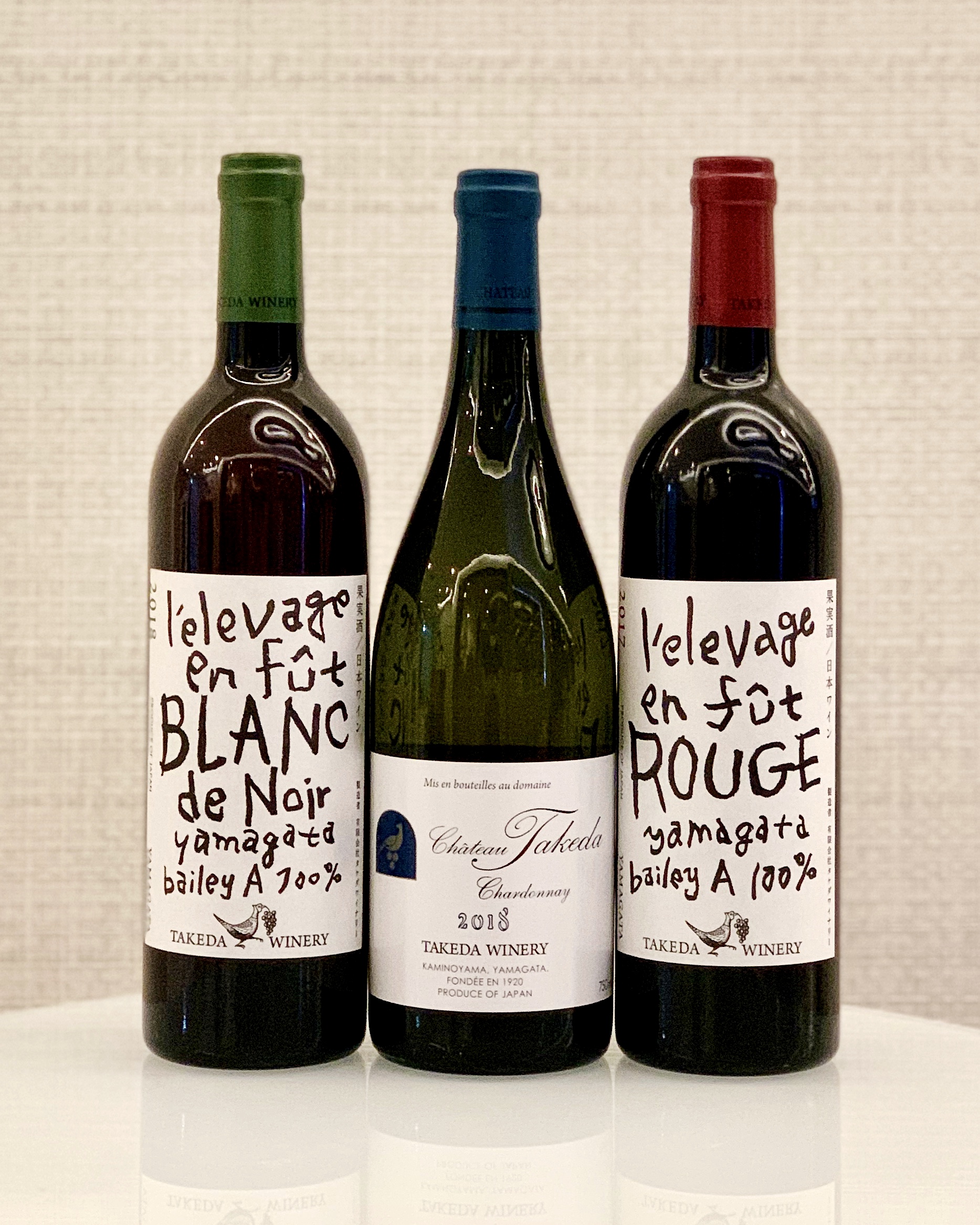
| In Yamagata,
halfway between Nagano and Sapporo, the leading
winery is no doubt that of Takeda. — Joel B. Payne, The Wine Advocate |
|
| Japanese wineries are experiencing an
unprecedented renaissance and the quality of the
wine has never been better. There are so many new
wineries to discover today that it’s hard to imagine
what it was like just a few decades ago — let alone
100 years ago.
|
At the foot of the famous Zaō mountain range — a picturesque and popular tourist destination on the border of Yamagata and Miyagi prefectures — lies one of the oldest wineries in Japan: Takeda.
The winery’s story began with Inosuke Takeda, a farmer who had started cultivating grapes in Yamagata in the late 19th century, in the early years of the Meiji era. Its third generation, a gentleman named Shigezaburo Takeda, obtained a fruit liquor brewing license in 1920 and started making wine as a supplementary business, in order to make use of the extra grapes from the family farm.
By the time the fourth-generation Takenobu Shigenobu took
over, the family had invested in full-scale winemaking.
Shigenobu had great ambitions for his winery. He visited
Europe to learn more about wine and upon returning,
planted Bordeaux varieties and Chardonnay in his vineyard.
He understood that to make wine he needed to have good
grapes, and he was a pioneer in Japan of soil improvement
using natural farming. He spent most of his career
continuously finding innovative organic solutions to make
his soil more conducive to the planting of grapes.
To prepare the next generation to take over the winery, Shigenobu sent his son Shinichi to France in the mid-1980s to learn winemaking and to gain practical experience. Shinichi returned home some years later and persuaded his father to allow his younger sister Noriko Kishidaira to gain the same experience he did.
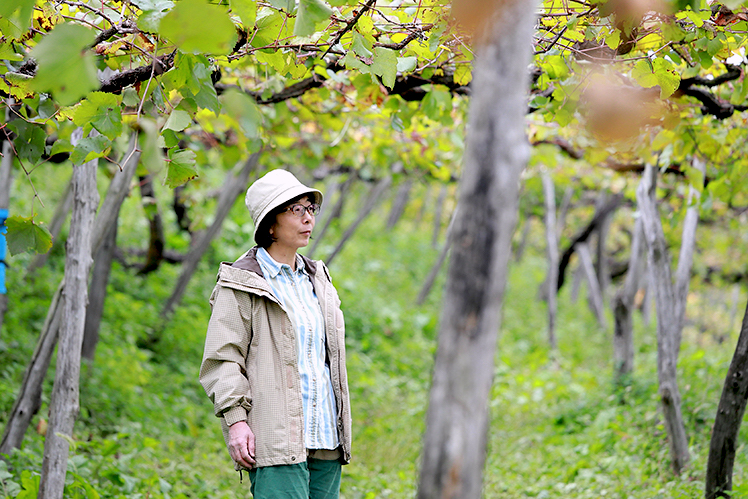 Noriko Kishidaira |
Noriko had always loved plants since she was a child. Growing up in the winery, the vineyard was her playground. She dreamed that one day she’d also be making wine although she knew she wouldn’t be expected to take up the job, since her older brother Shinichi was already earmarked to take over the winery one day.
The idea that “wine is delicious” had been ingrained in her since she was young. The siblings were both highly educated in the taste of fine wines. Their parents had given the children fine wines just to sharpen their tastebuds. The wines of Mouton, Latour and Romanée-Conti were not strangers to them.
After studying wine in France for four years, Noriko returned to Japan in 1994. Her brother Shinichi was by then in charge of the overall management of the winery, and Noriko was tasked with the cellarmaster role. Tragically, due to an accident, Shinichi passed away unexpectedly in 1999. He was only 36 years old. Despite feelings of uncertainty, Noriko stepped up to take on a more prominent role in the winery. The following year, she was appointed Senior Managing Director and Chief of Cultivation and Winemaking. After her father stepped down in 2005, Noriko took over as the President of the company and became Japan’s first female chief winemaker and CEO of a winery.
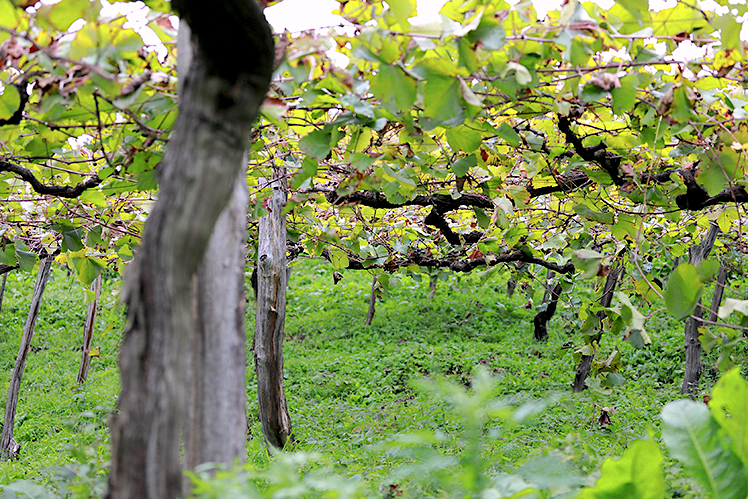 |
Noriko’s vines are cultivated by hand and she limits the
use of chemicals. She tries to encourage a polyculture
environment with a diverse array of plants and trees, in
order to avoid environmental problems associated with
monoculture. In recent years, small animals – squirrels,
wild rabbits, cats, antelopes – have begun to appear in
the fields, enhancing the biodiversity in her vineyard’s
ecosystem.
The 15-hectare vineyard is divided into 26 sections. The vines are planted in well-draining soils, on southeast-facing slopes which receive optimal sunshine. As of now, Takeda Winery has been cultivating grapes using chemical-free fertilisers for over 30 years. No herbicides are used.
Since its inception, Takeda has been committed to
producing wines made solely from grapes grown in Yamagata.
The vines are enviably old by Japanese standards: the
Cabernet Sauvignon, Merlot and Chardonnay that are used in
their flagship wines have an average vine age of over 30
years. There are even plantings of Muscat Bailey A that
are over 80 years old.
All grapes are carefully hand-harvested and only high-quality grapes are selected. Rigorous sorting follows in the winery before destemming. The mantra “Good wine comes from good grapes” is upheld at every step of the winemaking process at Takeda Winery.
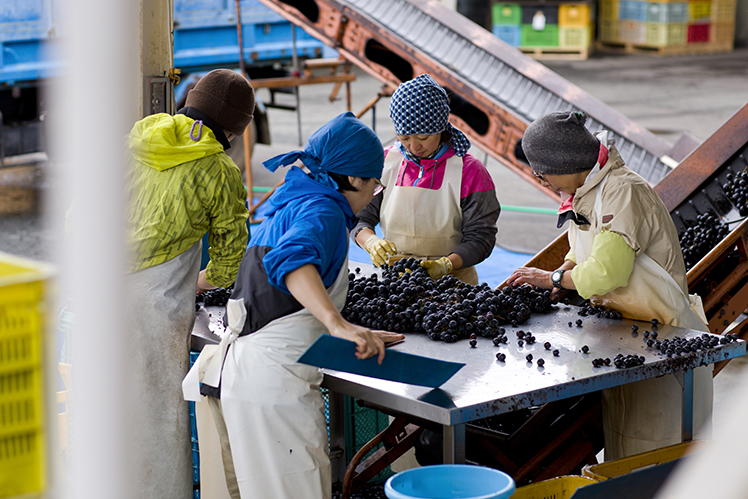 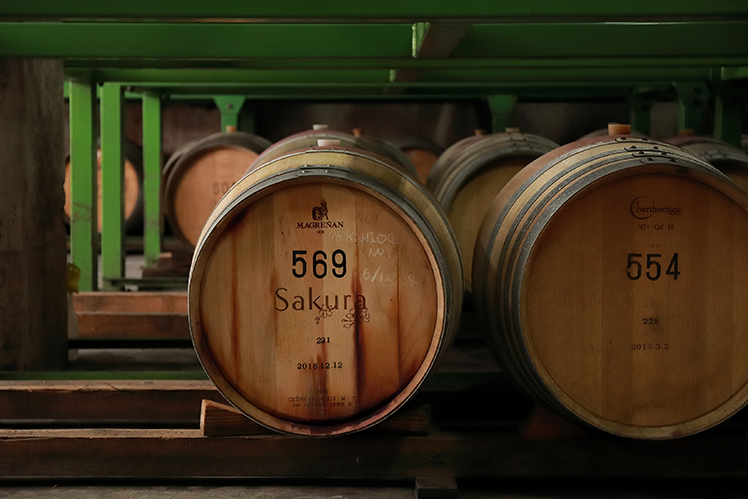 |
Noriko opts for fermentation with indigenous yeast that comes from the grapes. This means that multiple types of yeast are involved in the fermentation. As the process progresses, at each stage a different yeast becomes dominant, building up various layers of flavours. While this complicates the fermentation process, Noriko believes that it is necessary in the pursuit of complexity in Takeda’s wines.
There is no preset recipe to making each cuvée. Noriko looks at the grapes’ condition, their energy and strength, and then decides how to proceed for that vintage, keeping in mind the oak regime and the intended period of elevage. She follows the lunar calendar and uses it to guide all operations from harvesting to vinification, maturation and bottling.
Takeda Winery is unique in Japan, and not just because it has a history that goes back over 100 years. For decades now, Takeda has been dedicated to crafting serious, compelling wines, with an emphasis on meticulous work both in the vineyard and the cellar. They have been doing this since before the idea of a proper Japanese wine industry was anything more than a dream. This is what makes them extraordinary.
|
We are bowled over by the remarkable finesse of
Takeda’s wines. Serene, steadfast and undeniably
elegant, these are true Japanese classics that
speak proudly of their origin. They are treasures
from a winery with a long and storied history,
guided by generations of a family with an enduring
respect for nature. We are thrilled to offer these
very special fine wines to you today. |
This offer is valid until 9 September 2020. Orders will be processed subject to remaining availability and final written confirmation. Full payment is required no later than 7 days after confirmation invoice is sent in order to confirm the purchase. All terms and conditions apply.
| - OFFER VALID ONLY UNTIL
9 SEPTEMBER 2020 - PRICES ARE QUOTED NETT in SGD - ALLOCATION RULES MAY APPLY - SUBJECT TO FINAL WRITTEN CONFIRMATIOn |
| Red |
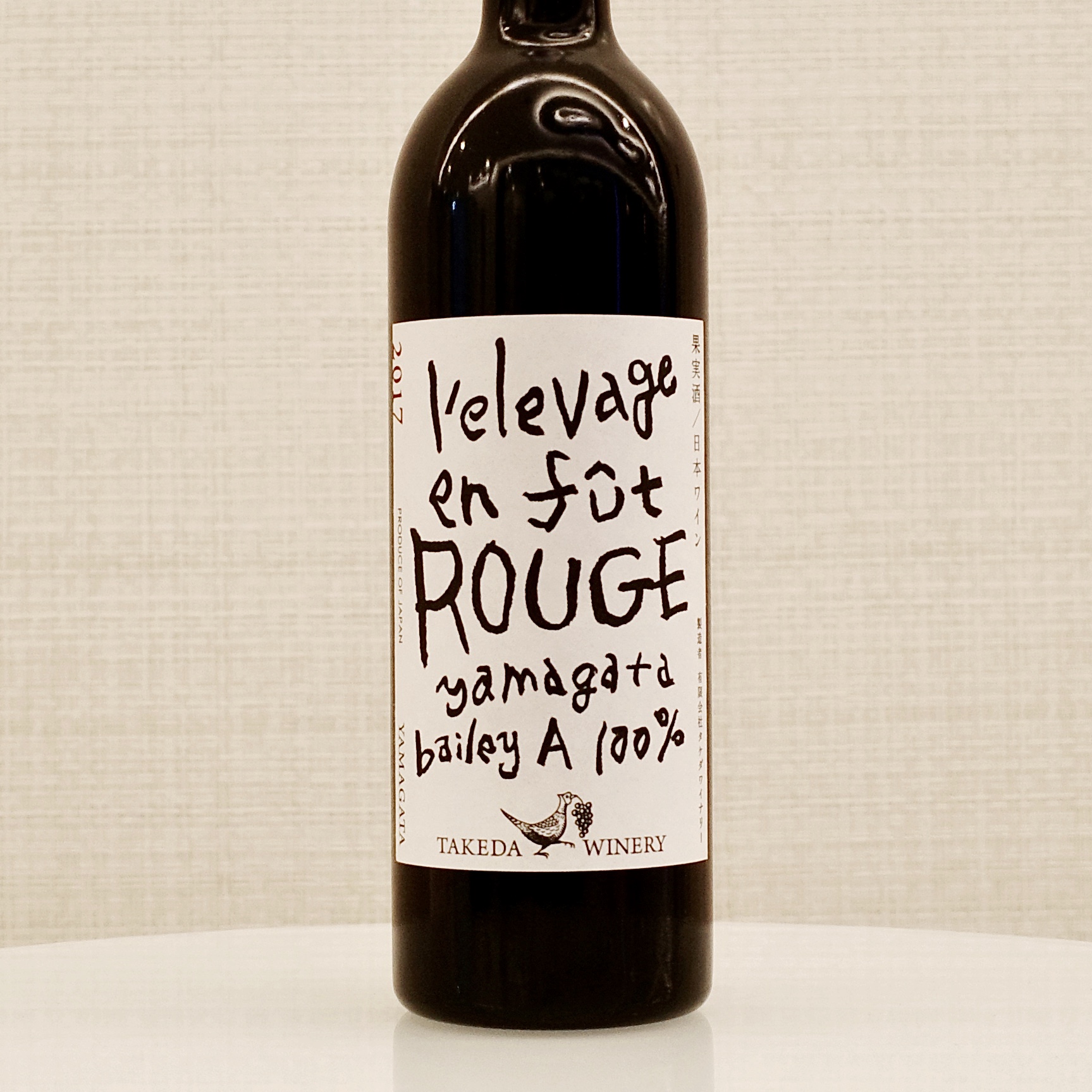 |
|||||
|
| Rosé |
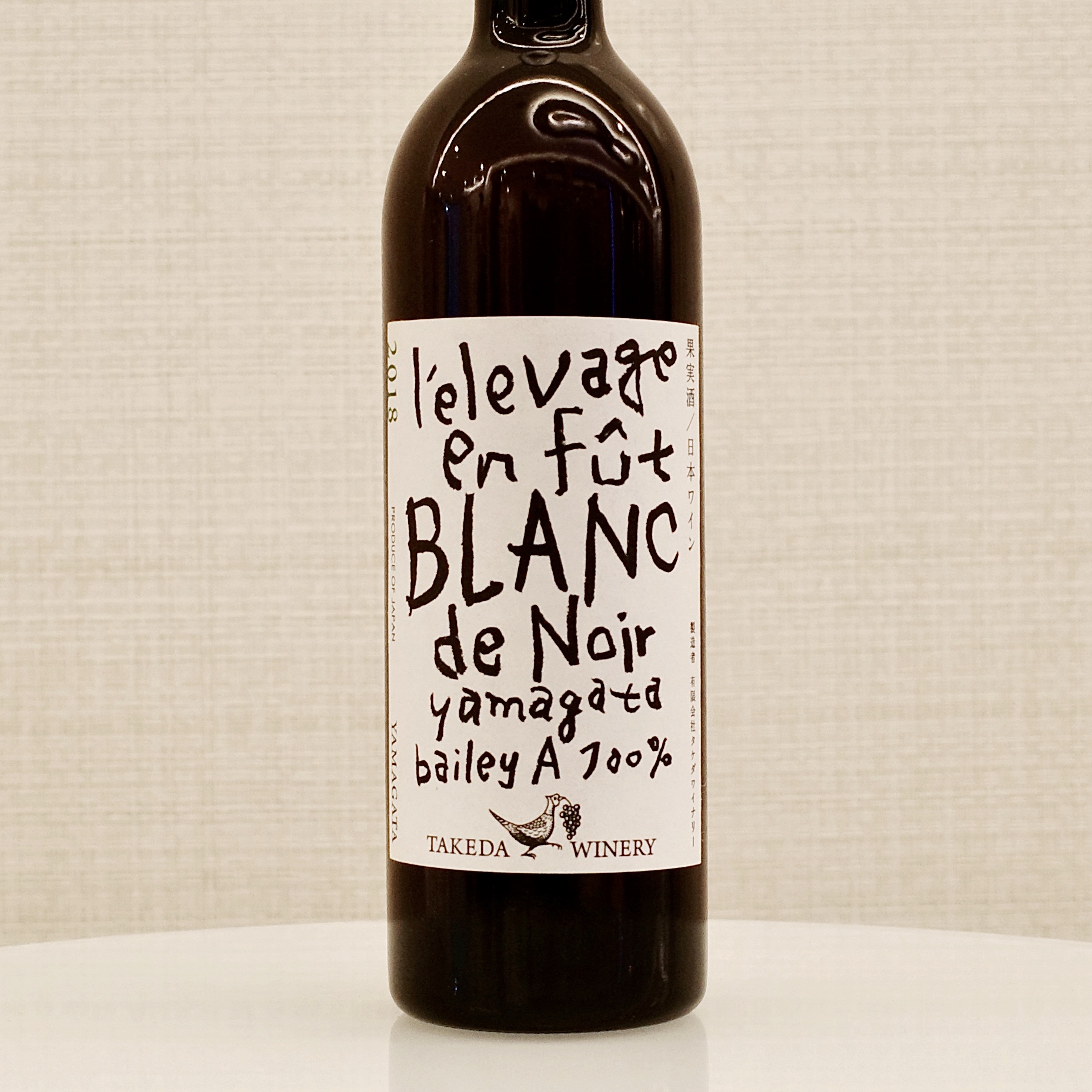 |
|||||
|
| White |
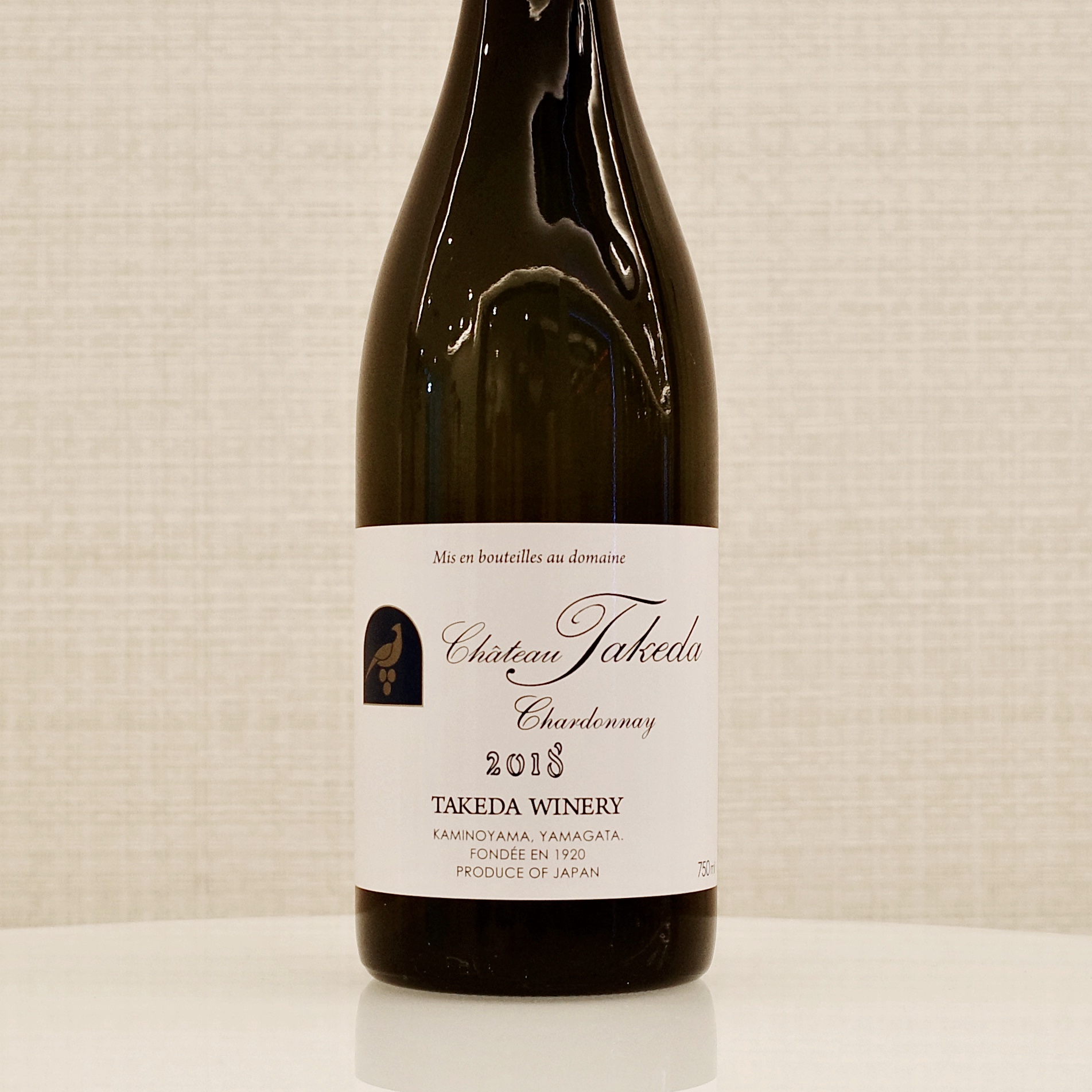 |
|||||
|
TERMS
& CONDITIONS
|
|
390 Orchard Road B1-01 Palais Renaissance Singapore 238871 t +65 6838 0373 f +65 6836 0036 e sales@artisan-cellars.com w www.artisan-cellars.com |
 |